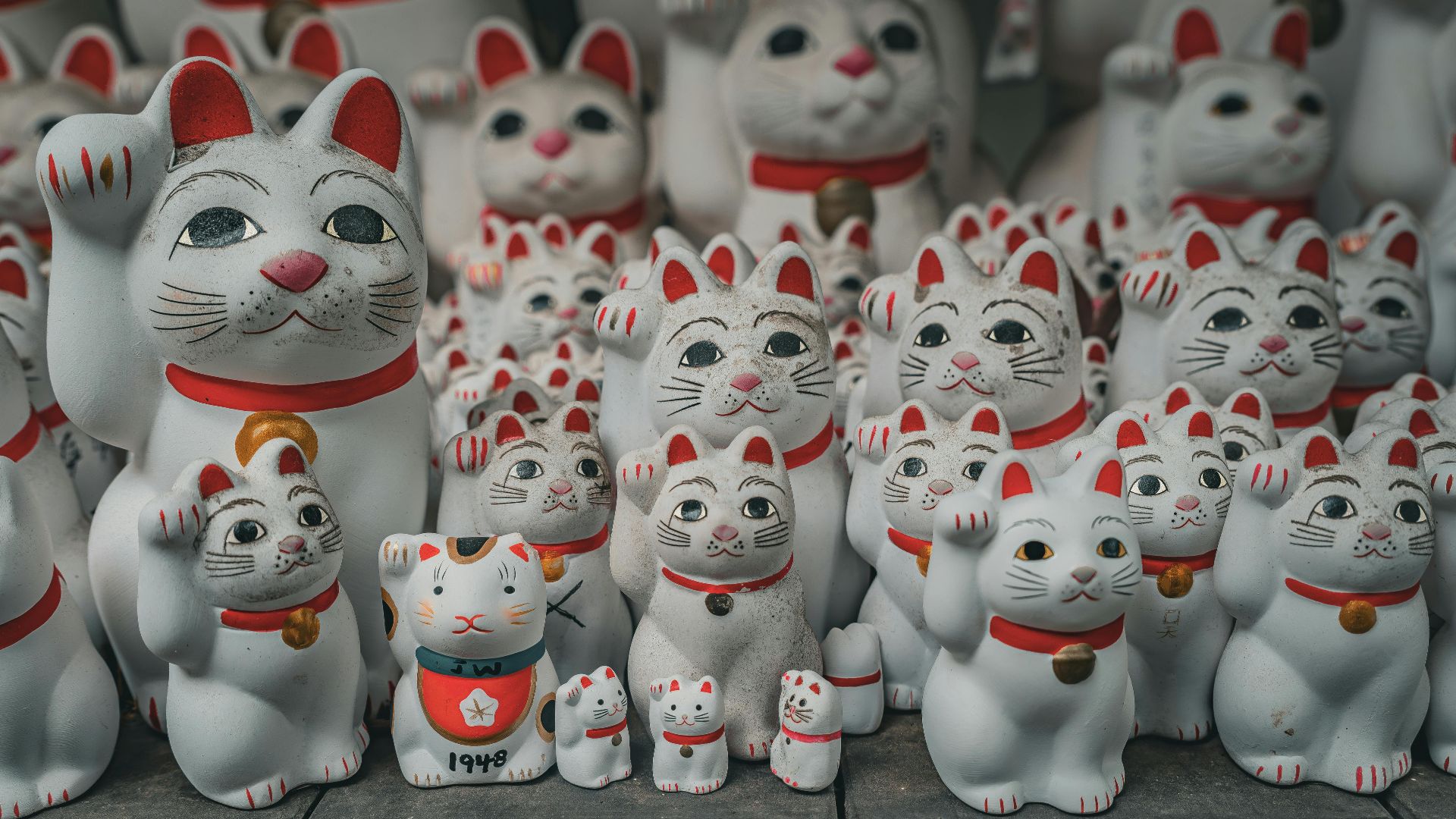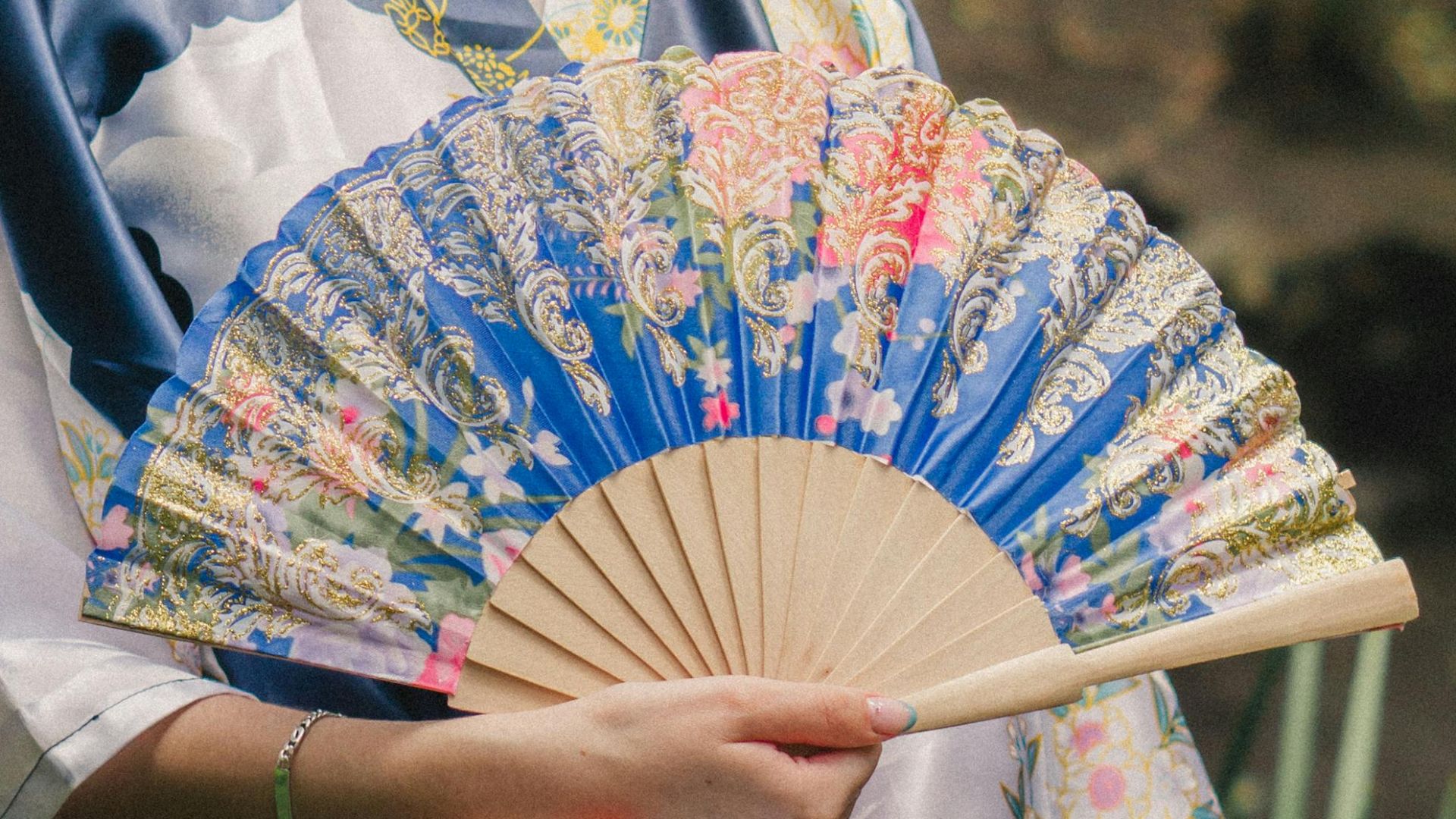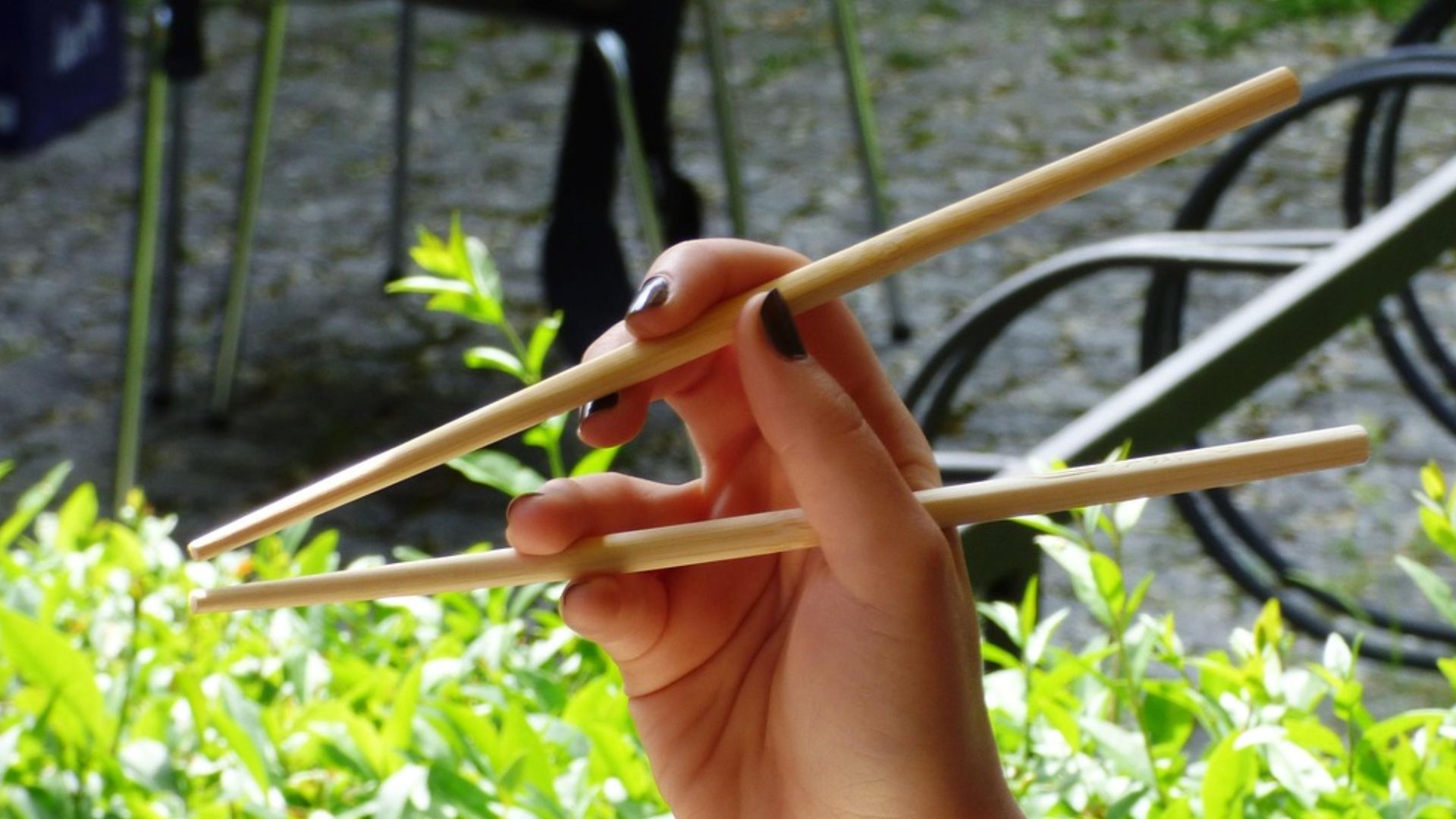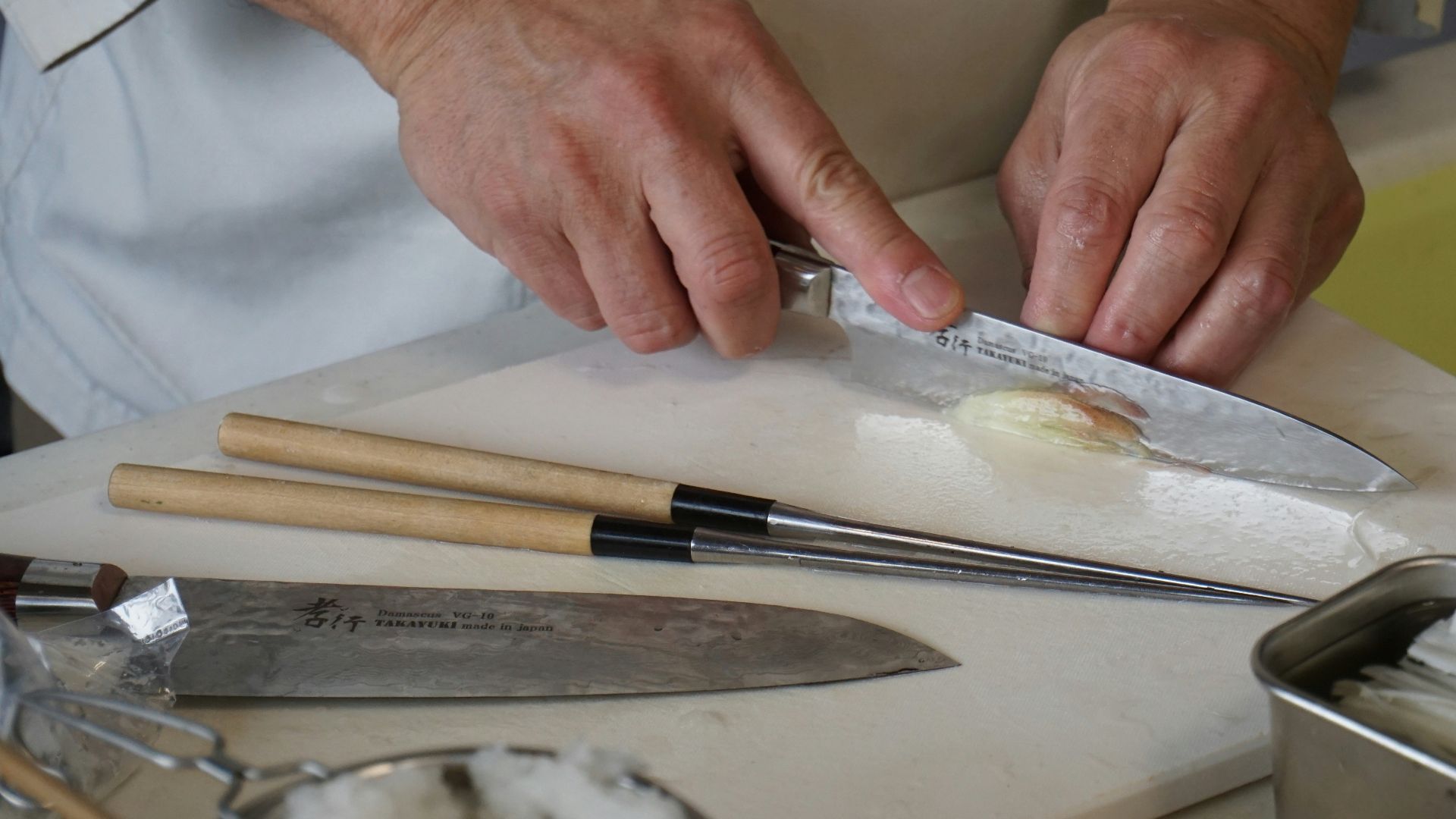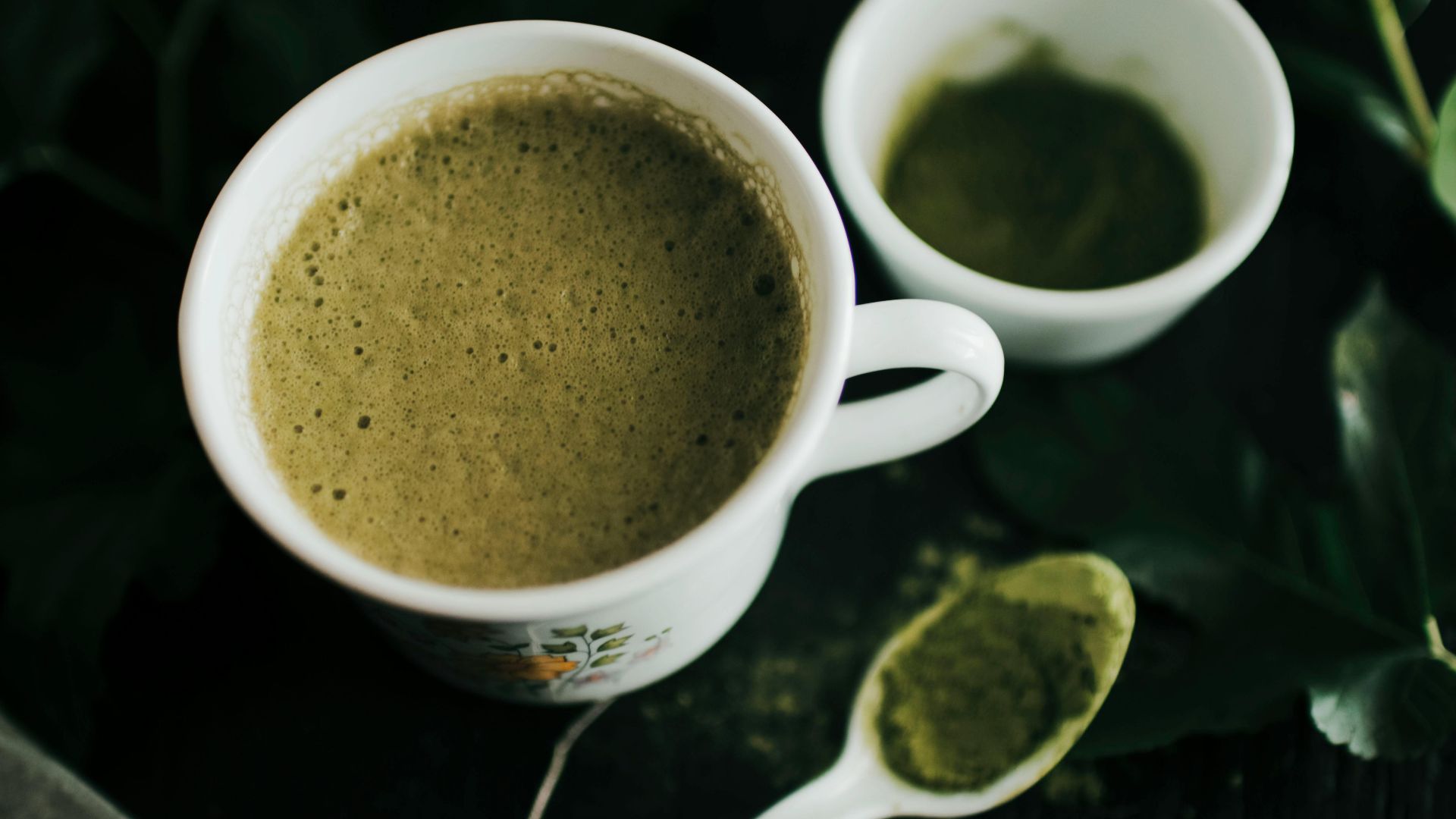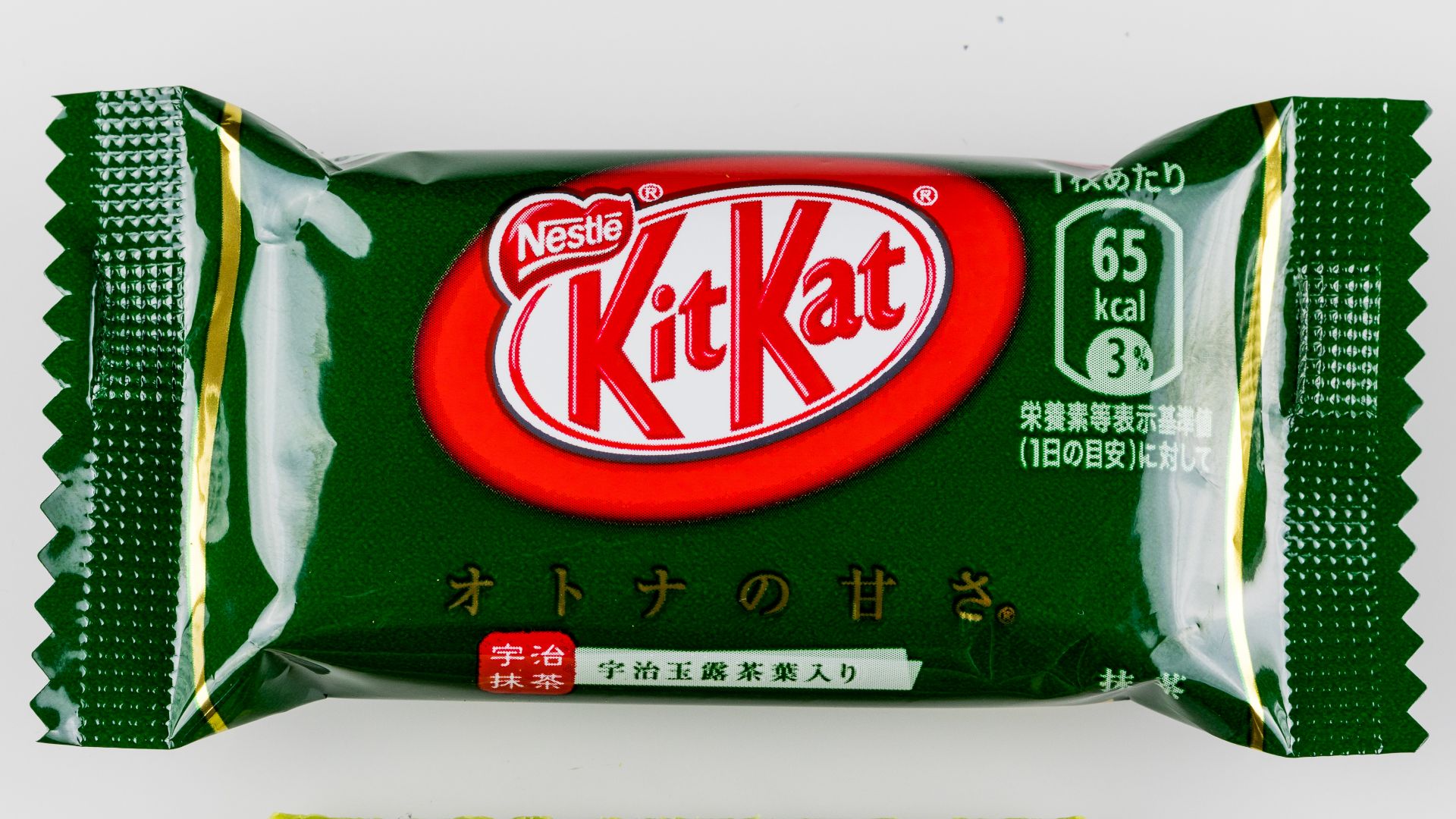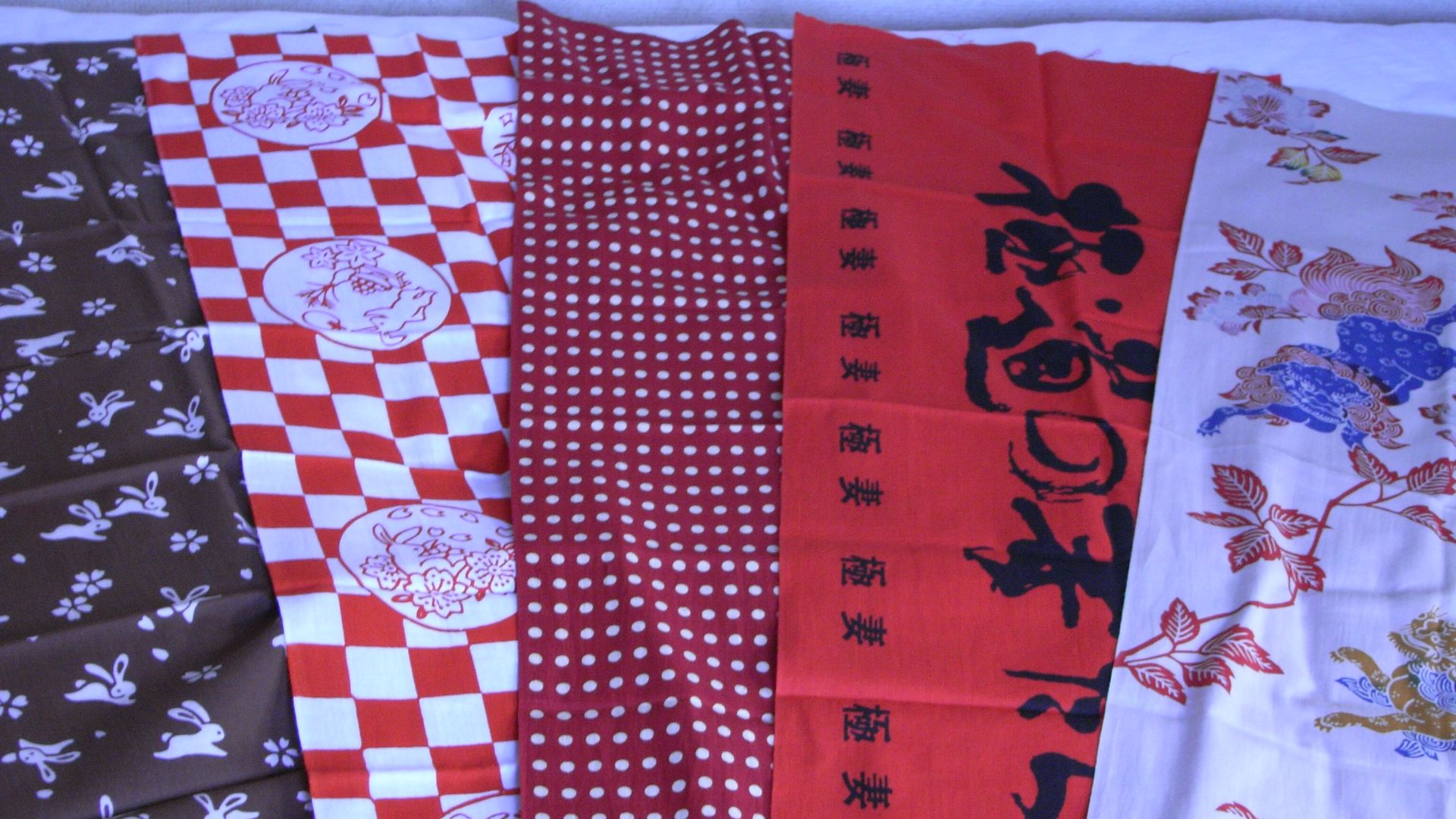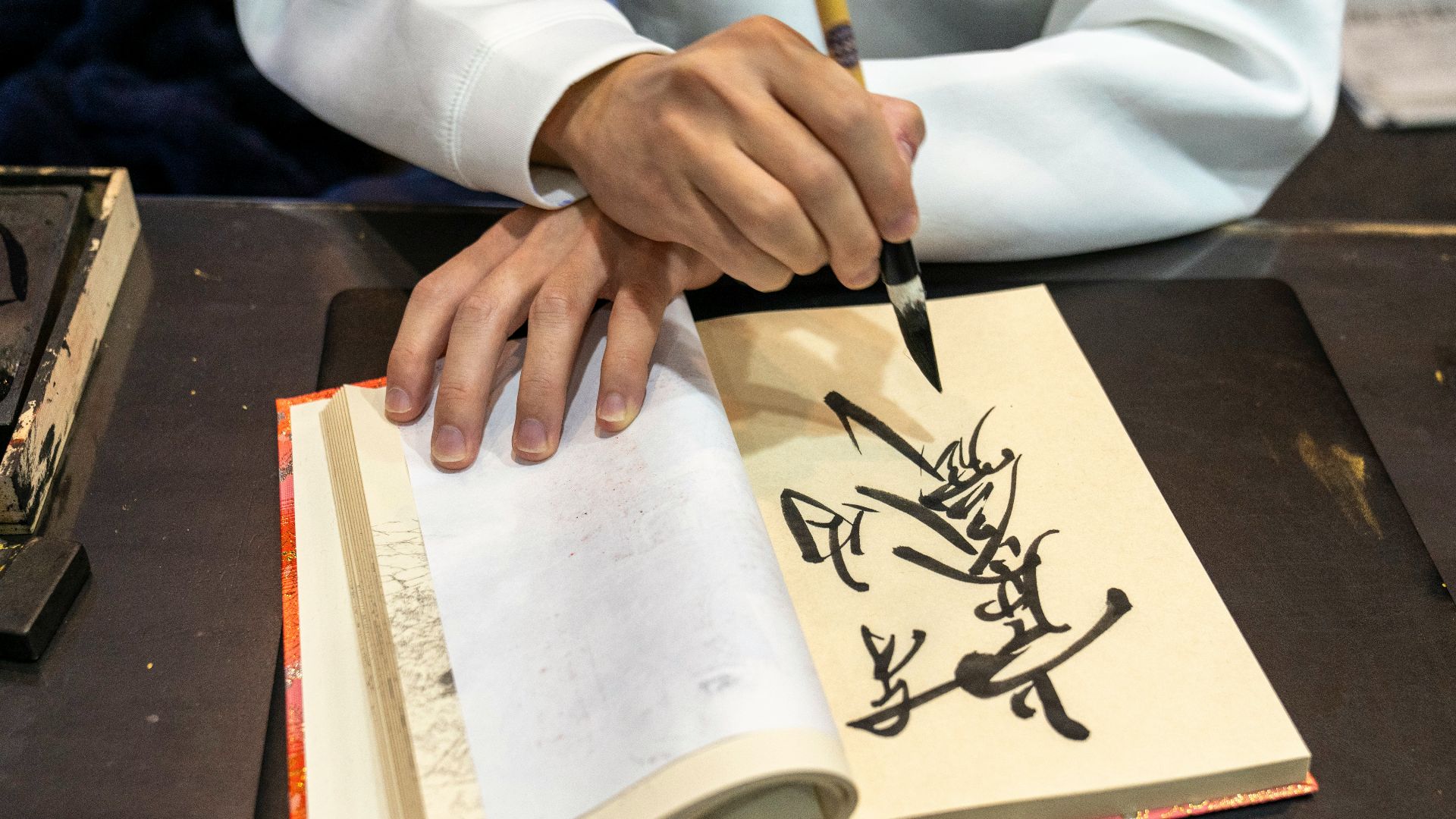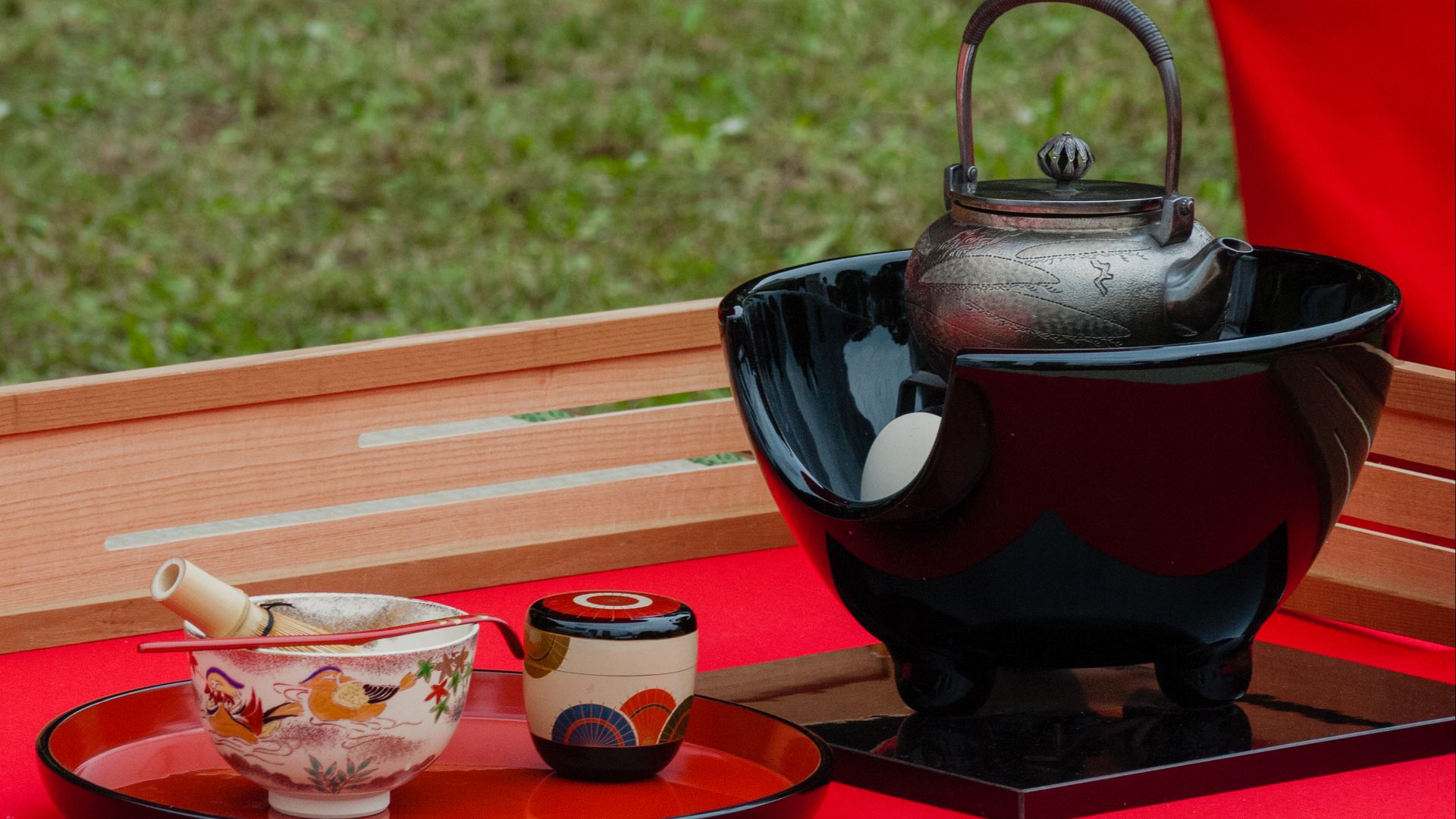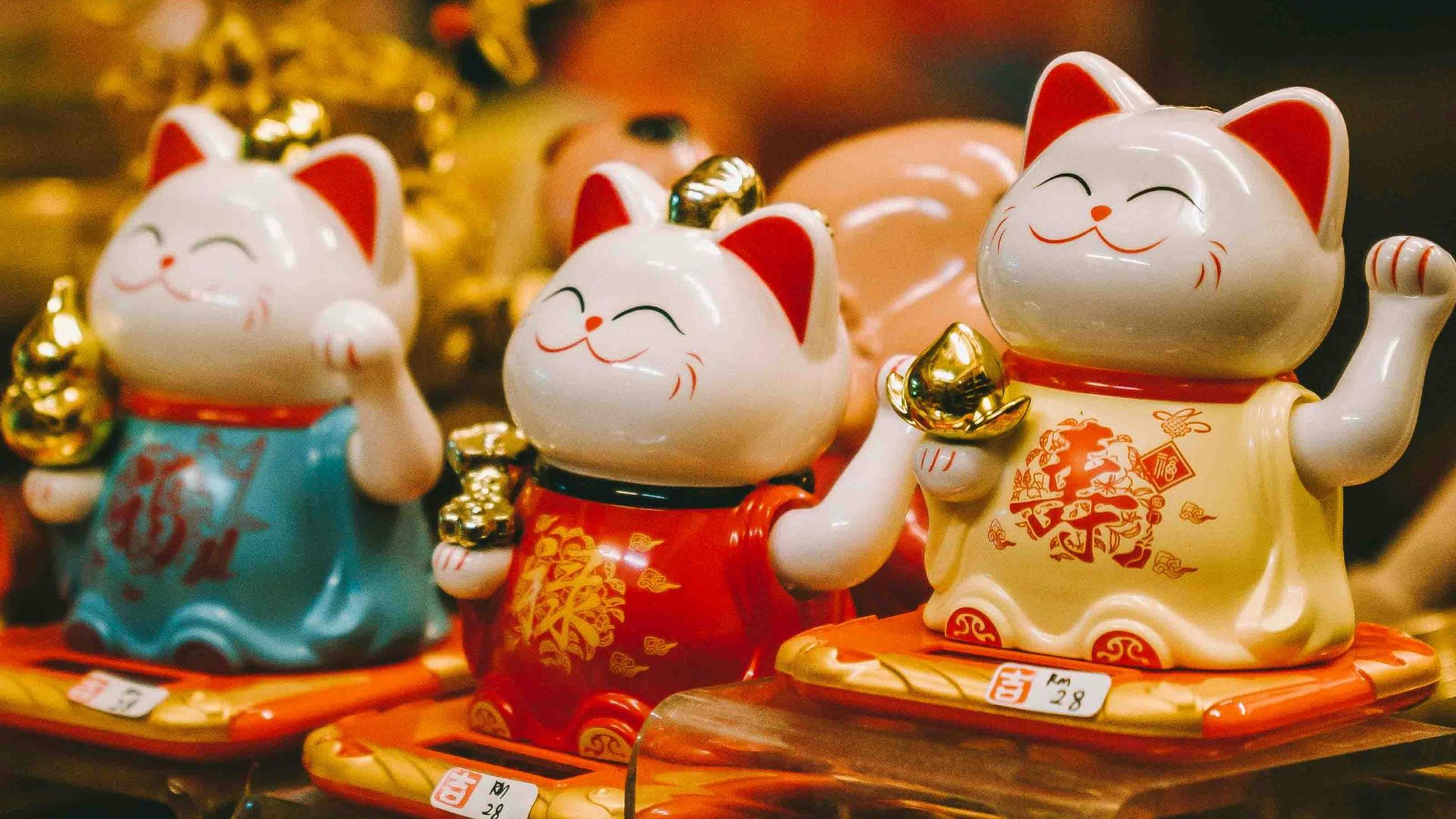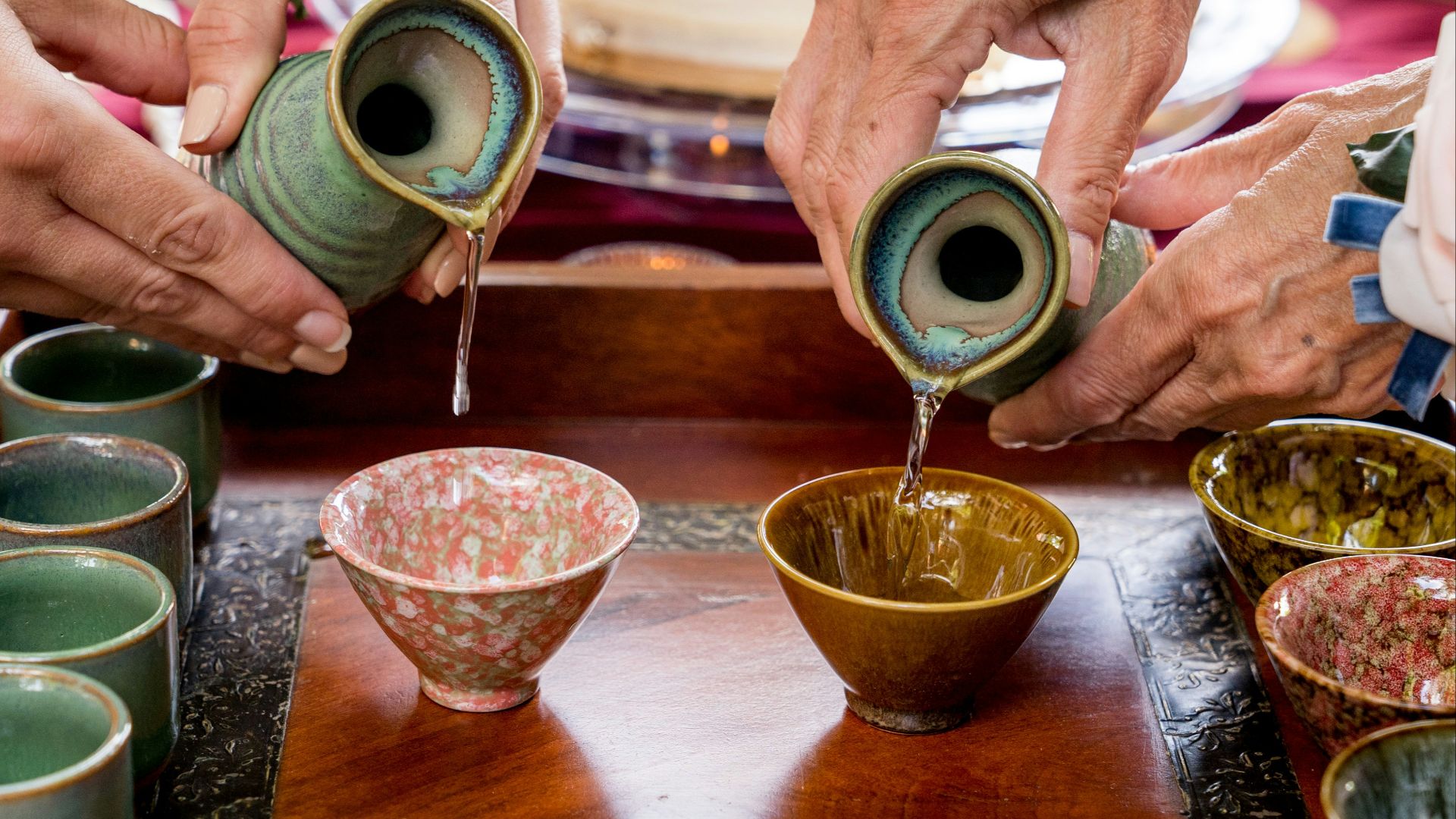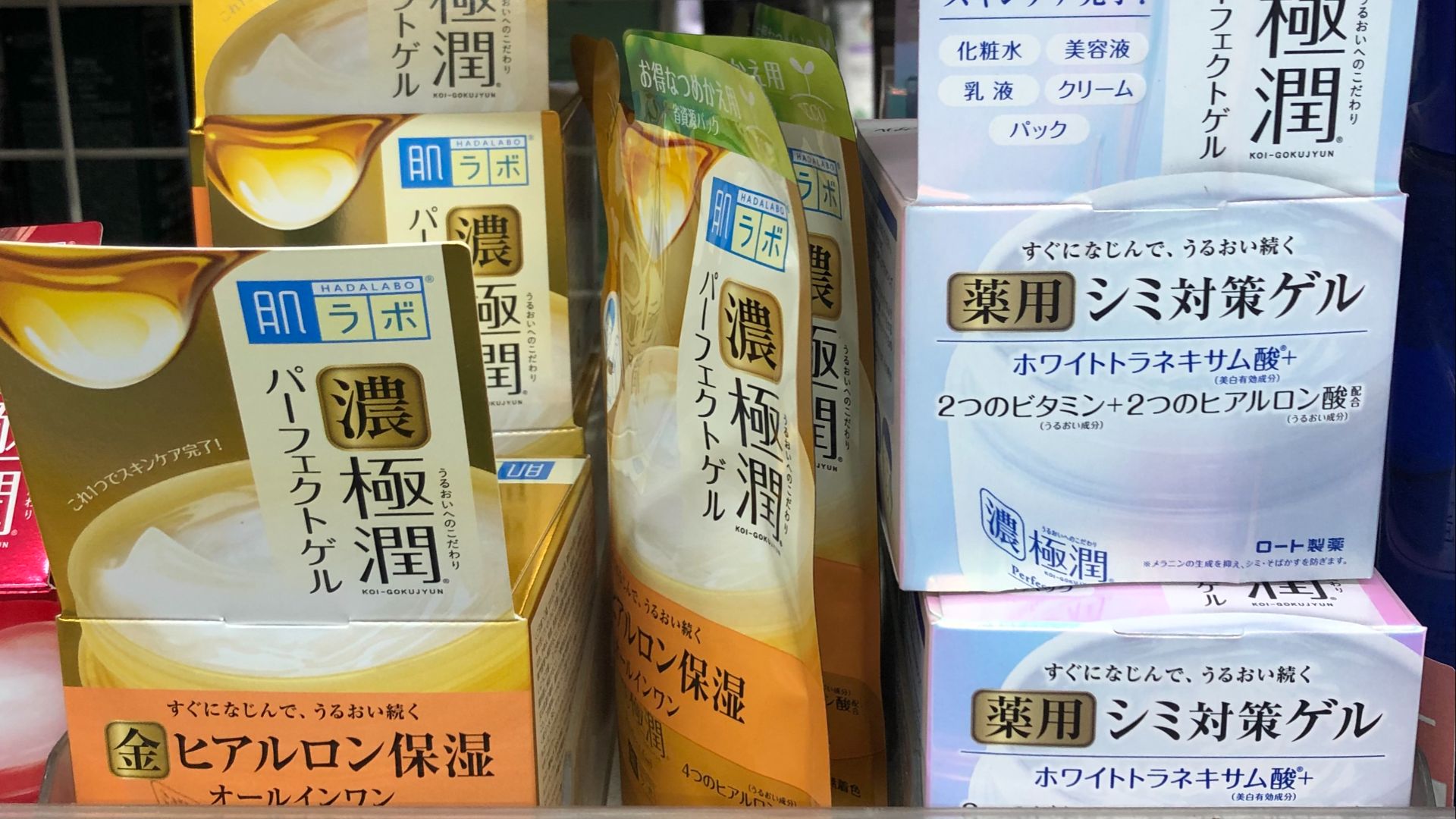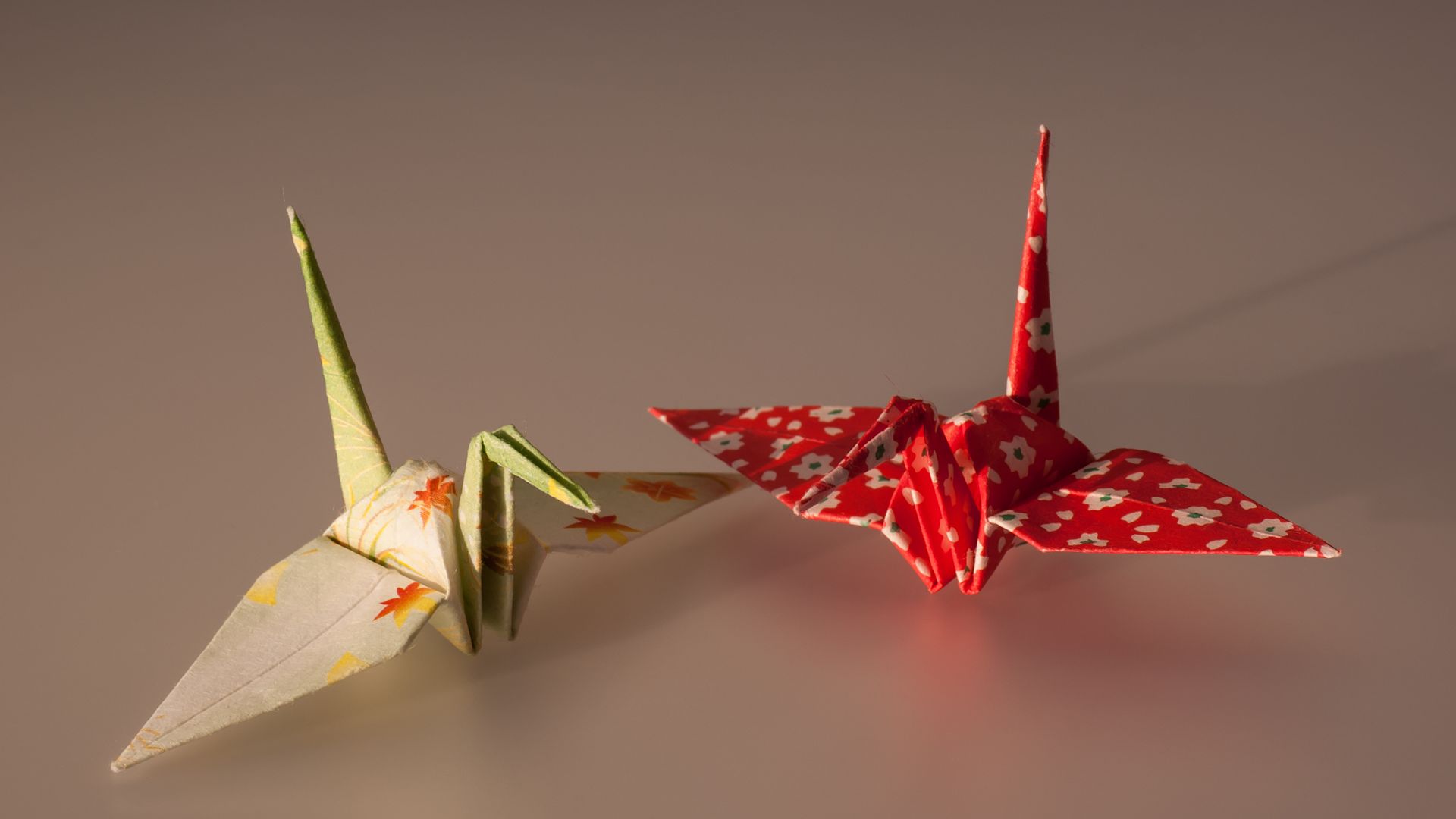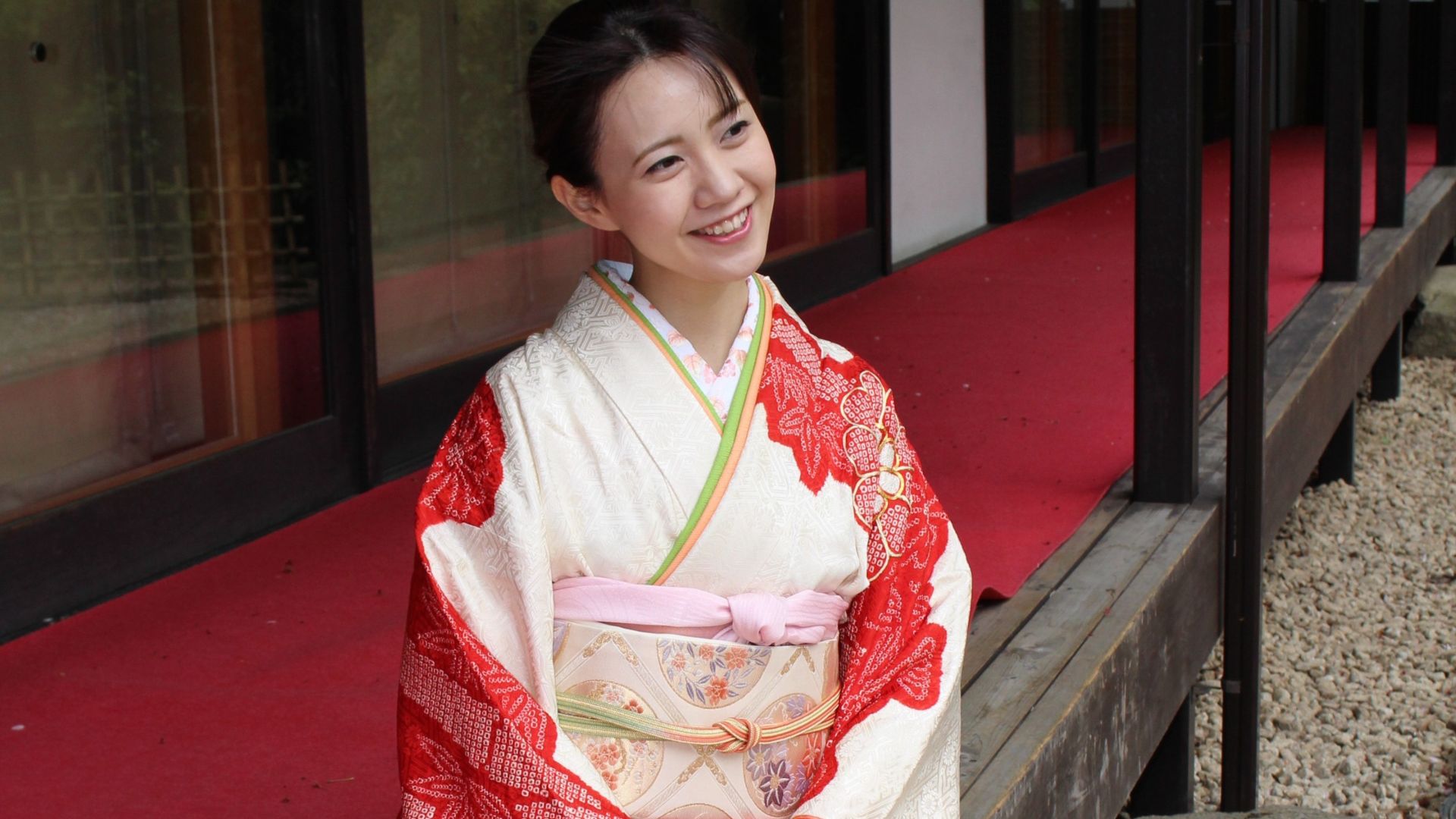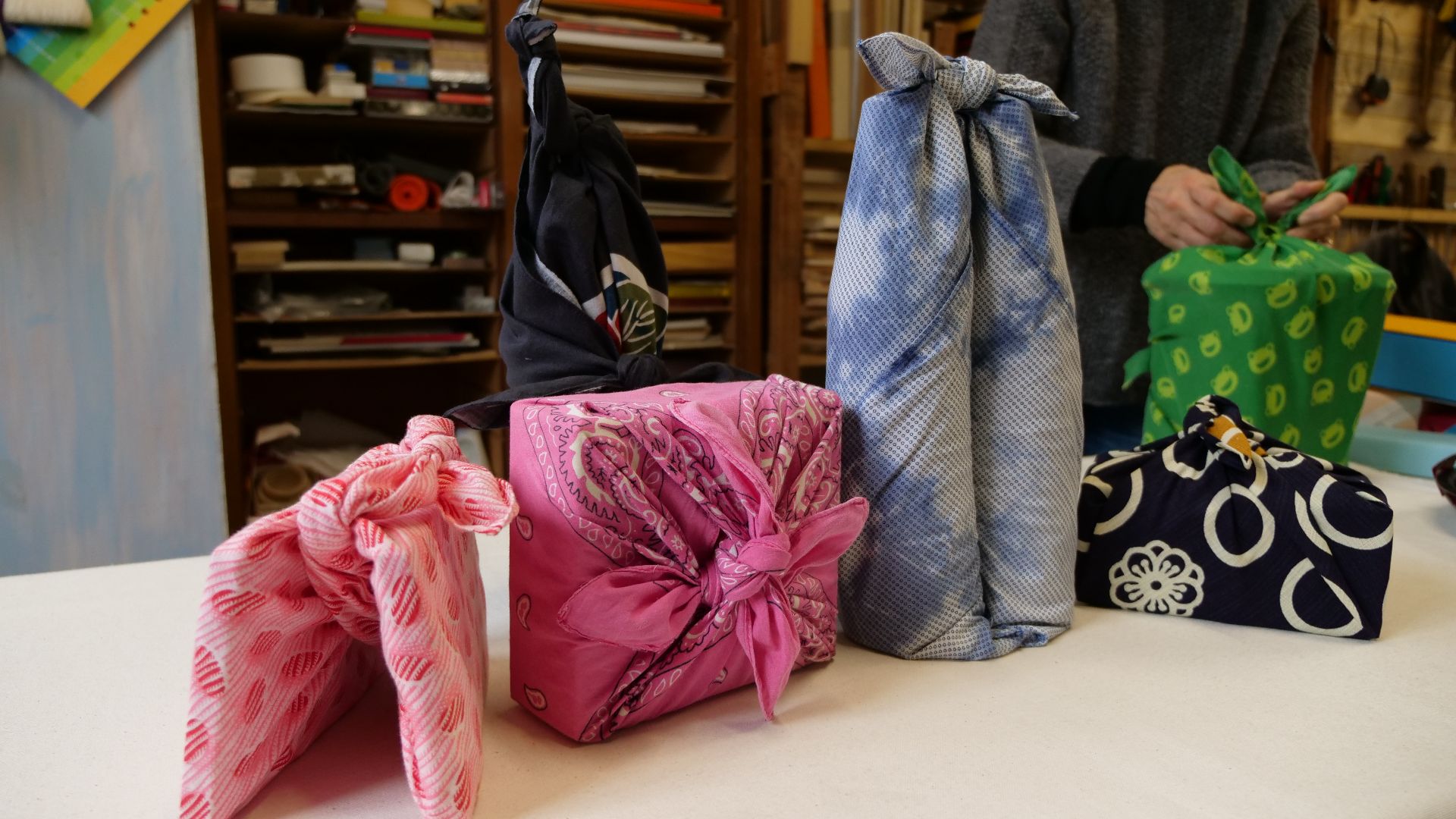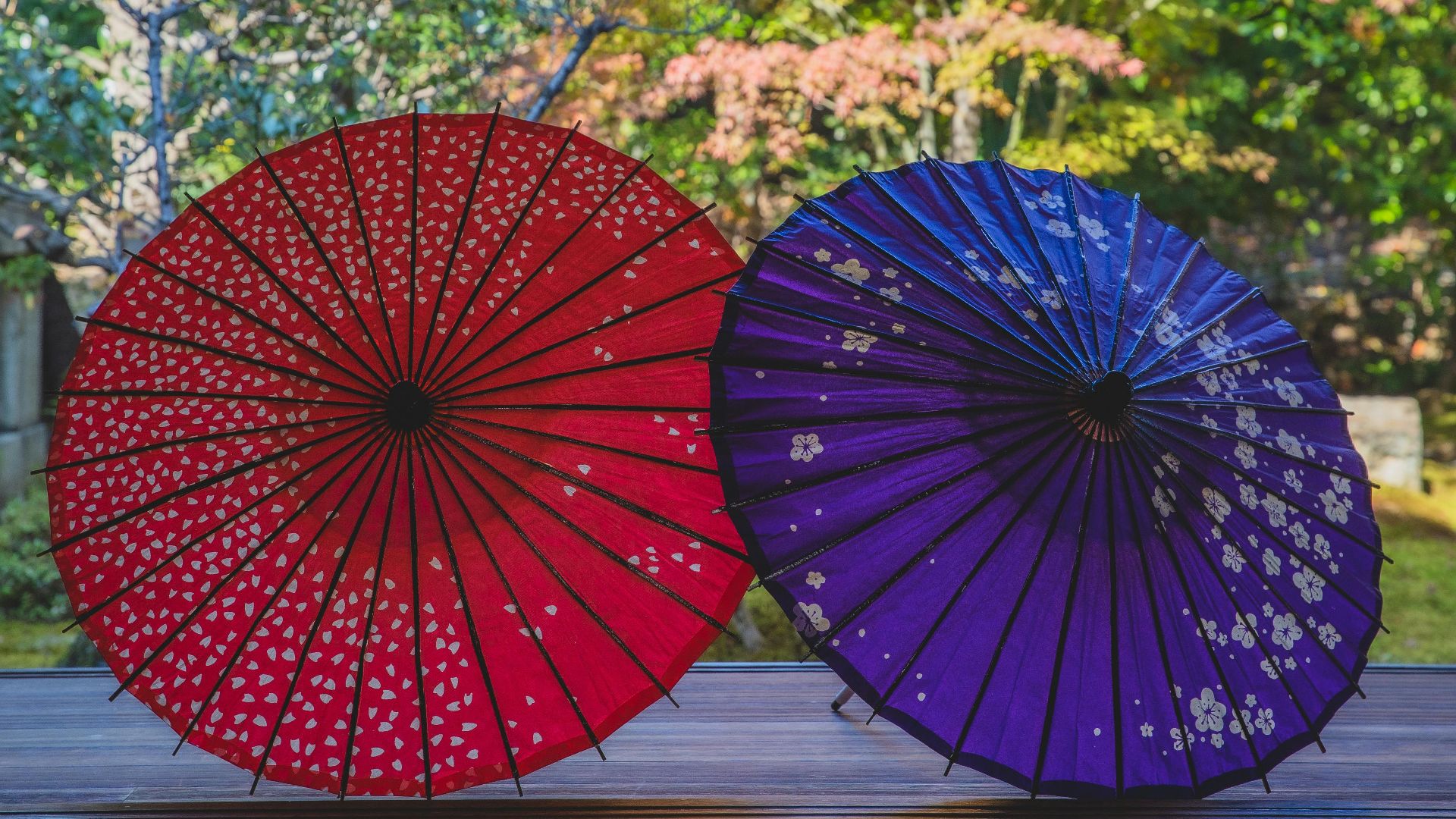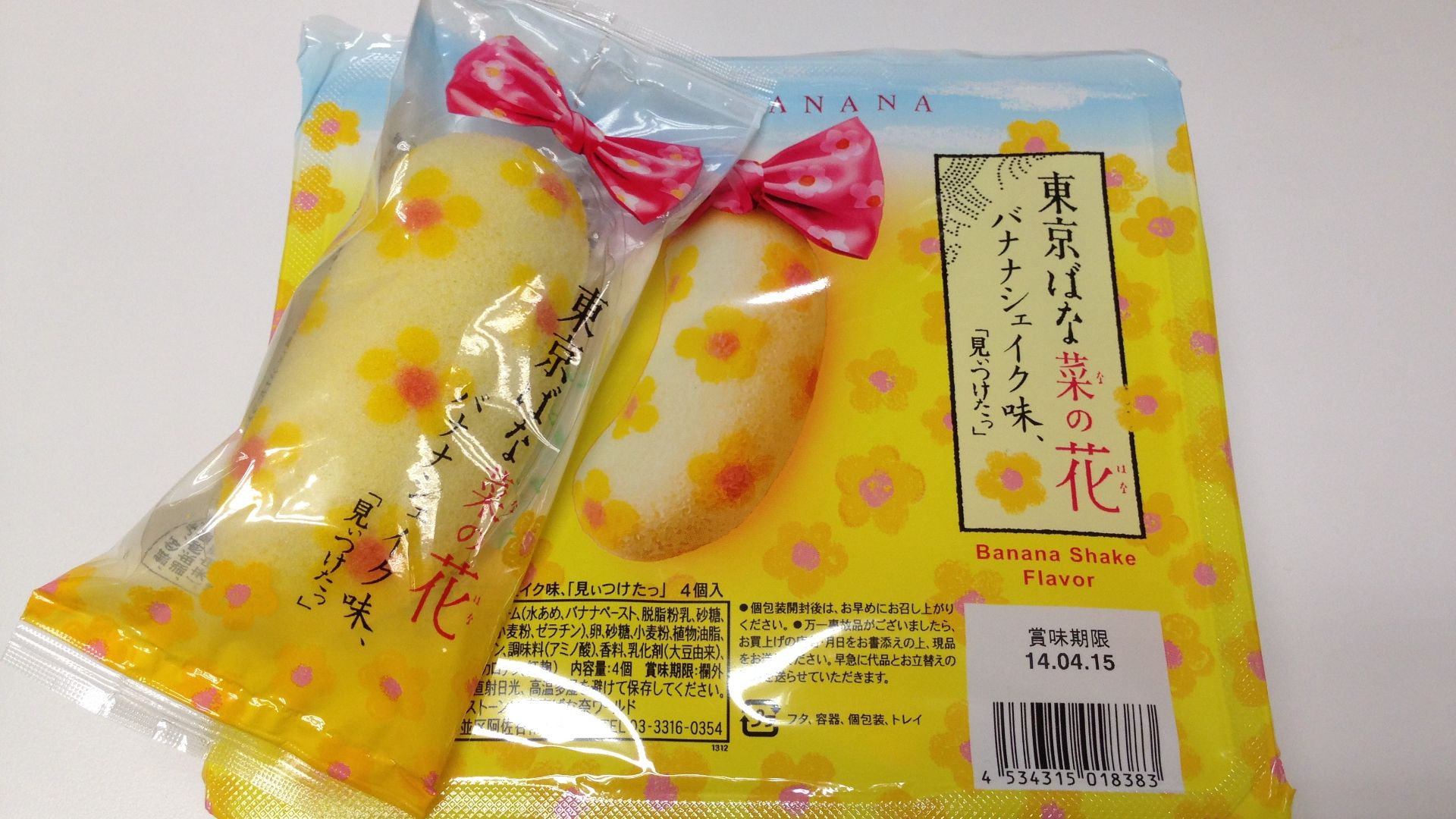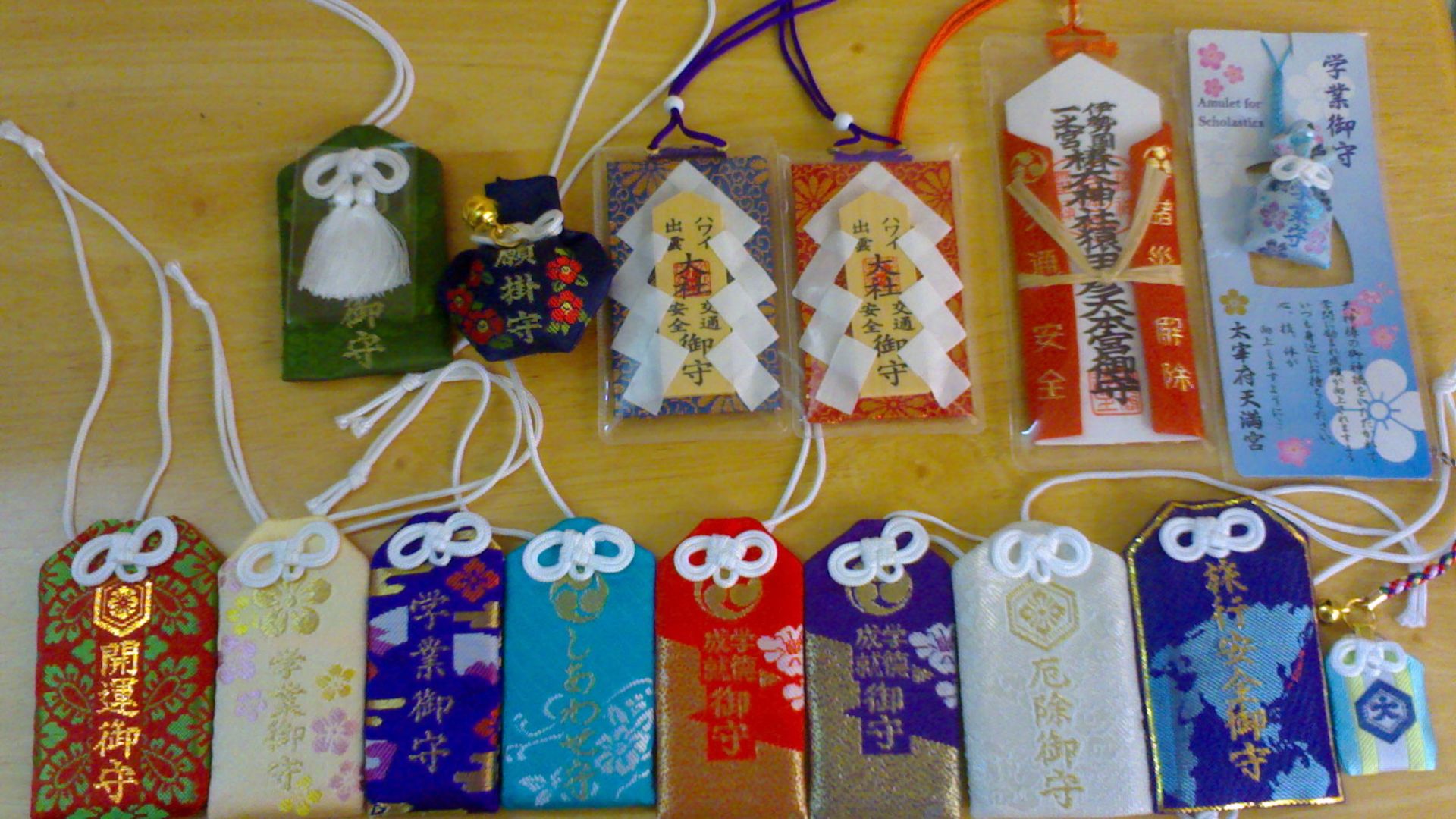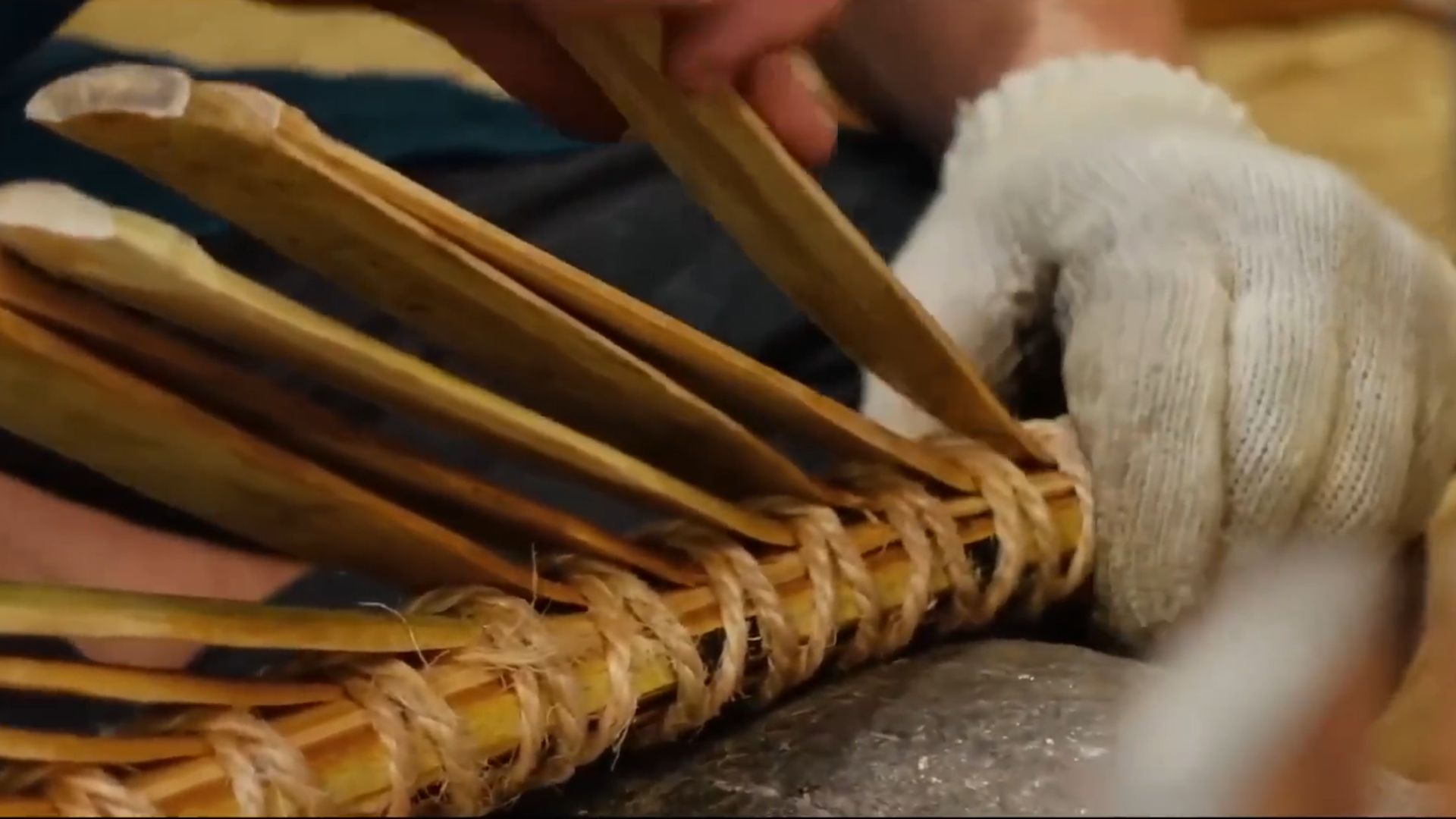Found These? You're Winning
Japan has no shortage of souvenirs, but not all are worth packing. Some items stand out for their design, cultural value, or usefulness long after the trip ends. You don’t need to look hard—many are easy to find in local shops or markets. Here are 20 souvenirs that travelers actually find worth bringing home.
1. Traditional Folding Fans
Walk into a Kyoto market, and the whisper of folded paper signals tradition. Called sensu or ogi, these elegant fans are centuries-old cooling tools that have evolved into art. Crafted with washi paper or silk and bamboo, they're gifted for luck and longevity. Many temples even sell ceremonial, hand-painted versions.
2. Handcrafted Chopsticks
In Japan, wakasa nuri-bashi from Obama City are layered in lacquer and mother-of-pearl to combine practicality with heritage. Gift sets often come in ornate cases. Locals purchase these for weddings and celebrations because they are designed to add a refined touch to every meal shared.
3. Japanese Kitchen Knives
Professional chefs worldwide seek out blades from Sakai and Seki. What's the draw? Techniques passed down from swordsmiths of the samurai era. Forged with layered steel and sharpened to a single bevel, they deliver unmatched precision. These knives are heirlooms that still slice with stories built in.
4. Matcha Green Tea
Visitors often hear "matcha" and think lattes. But in Uji, matcha carries ceremonial weight. Powdered from shade-grown leaves and stone ground to preserve nutrients, it dates back to Zen rituals. The best grades are vibrant and sold in small tins for freshness, not mass-market tins.
5. Unique Kit Kat Flavors
Japan's Kit Kat obsession began in the early 2000s, and today, there are over 300 regional flavors. Local specialties, such as wasabi from Shizuoka or sake from Niigata, are available in airport kiosks and souvenir stores, often sold in limited runs that sell out quickly.
6. Tenugui Towels
At first glance, they're just rectangles of cloth. But tenugui are layered in function and used as gift wraps or kitchen towels. Shops in Asakusa and Nara offer dozens of hand-dyed designs. Many celebrate festivals or old tales, turning a cotton square into a cultural snapshot of a memory.
7. Japanese Stationery Sets
Stationery here is taken seriously. Writing a paper is smooth enough to make any pen glide. Washi tapes, brush pens, and seasonal envelopes reflect deep design sensibility. Itoya in Ginza or LOFT stores nationwide stock lines people travel for, proof that even a notebook can become a treasured artifact.
8. Ceramic Tea Sets
The tactile feel of a Tokoname-yaki teapot speaks volumes. Japan's six ancient kilns each tell a story in clay, whether rough Bizen ware or smooth Kutani porcelain. These aren't mass-produced sets; each has a unique shape and glaze tailored to the type of tea and its traditional serving style.
9. Maneki-Neko Figurines
These beckoning cats come in colors that hold meaning: gold for wealth, black for safety, and red for health. Often spotted near entrances of shops and restaurants, they're rooted in Edo-era folklore. Temples like Gotokuji in Tokyo even let visitors paint their own for good luck.
10. Sake Sets And Cups
A ceramic tokkuri with matching ochoko cups is more than just drinkware—it’s about tradition. The right vessel depends on the sake’s temperature and the season. In specialty shops across Kyoto and Tokyo, you’ll find handcrafted sets that are hard to come by outside of Japan.
11. Local Incense Sticks
Temples in Nara and Kyoto often burn sandalwood and agarwood incense crafted by families who've perfected the blend for generations. Visitors purchase these not just for their fragrance but also for their connection to Japanese spiritual practices and ancestral memories.
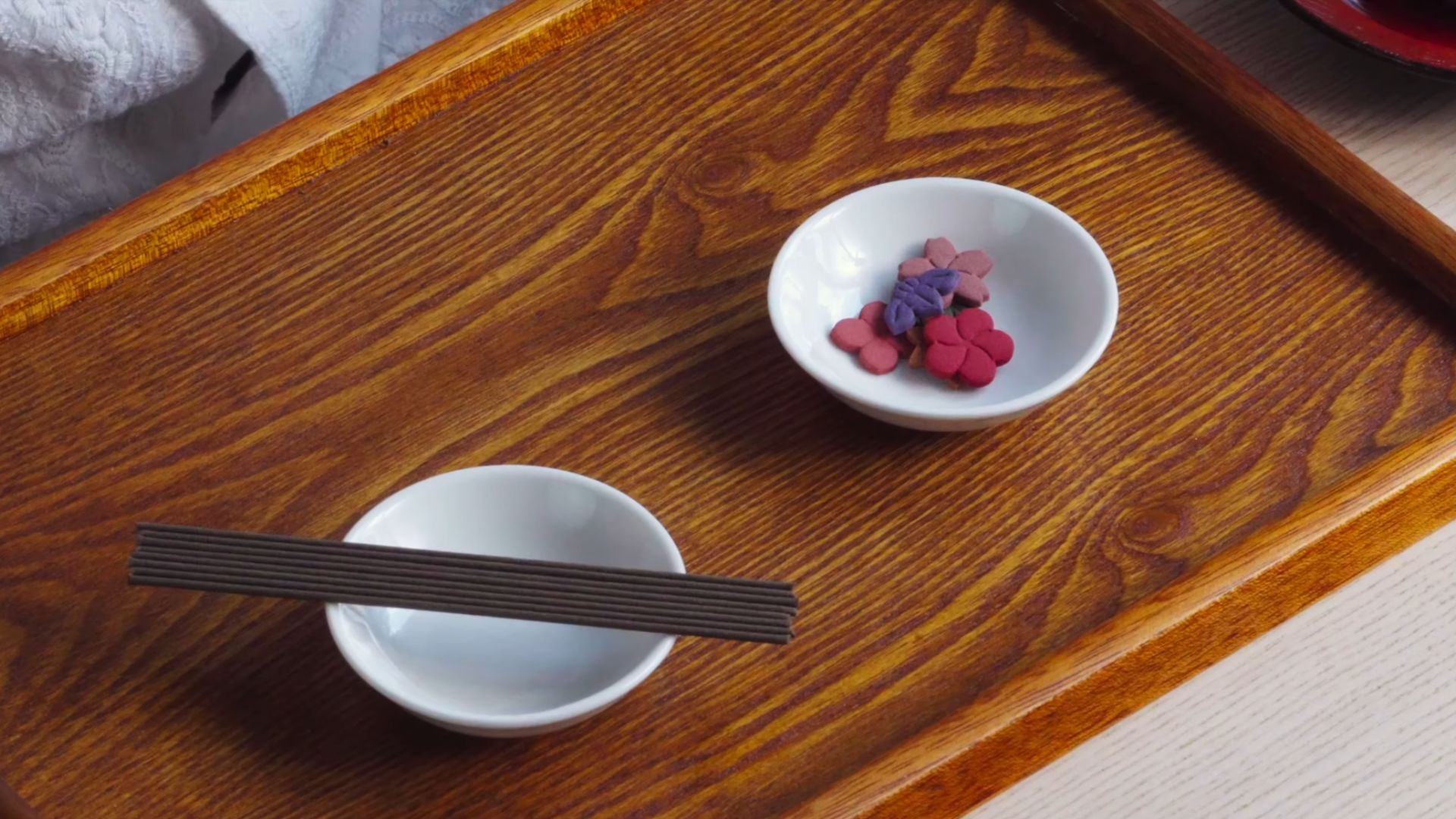 Introduction to Japanese Incense | Types and Styles by Tezumi
Introduction to Japanese Incense | Types and Styles by Tezumi
12. Japanese Skincare Products
J-beauty focuses on gentle, layered routines using rice bran and camellia oil. What sets it apart? Simplicity and science. Brands like Hada Labo and DHC are beloved for hydration and minimalism. Pharmacies and department stores stock travel sizes ideal for bringing that glow home.
13. Handmade Paper Goods
In Japan, washi paper is used in everything from letter sets to jewelry. Made from mulberry bark, it's often hand-pressed and sun-dried. In towns like Gifu and Echizen, artisans still craft it using 1,000-year-old techniques. Known for its unique texture and impressive strength, washi is a timeless treasure.
14. Yukata Or Kimono
Seen at summer festivals and ryokan stays, yukata are casual versions of a kimono. Many hotels offer loaners, but owning one means bringing the experience home. Department stores like Takashimaya carry ready-to-wear sets in seasonal prints. Obi belts and geta sandals complete the authentic package.
15. Furoshiki Wrapping Cloths
Before gift bags, there was furoshiki, which are reusable cloths folded to carry lunch boxes or bottles. The Ministry of the Environment promotes them as eco-friendly packaging. Even souvenir shops sell beginner guides to folding techniques for travelers.
16. Japanese Umbrellas (Wagasa)
Made from bamboo and washi paper, these traditional umbrellas are still handcrafted in places like Gifu. They're used in tea ceremonies and kabuki theater, not rainstorms. Many travelers purchase them as decorative items with deep cultural roots.
17. Regional Snacks And Candy
Across Japan, the Omiyage culture encourages the consumption of edible gifts from each region. Hiroshima's maple cakes, Hokkaido's butter candies, and Tokyo's banana cakes are boxed and pre-wrapped for easy gifting.
18. Omamori Lucky Charms
Sold at temples and shrines, omamori offer blessings for health, love, exams, or safe travel. Each charm is sealed in cloth and should never be opened. Their spiritual value is tied to the temple itself, meaning one from Kiyomizu-dera in Kyoto differs in power from one at Meiji Shrine.
19. Ghibli Studio Merchandise
Fans of Spirited Away or My Neighbor Totoro often make pilgrimages to the Ghibli Museum in Mitaka. Official stores like Donguri Republic stock exclusive items tied to the studio's film legacy and environmental storytelling philosophy.
 Stéphane Gallay from Laconnex, Switzerland on Wikimedia
Stéphane Gallay from Laconnex, Switzerland on Wikimedia
20. Bamboo And Wood Crafts
In Takayama and Kyoto's artisan districts, bamboo and woodwork remain alive through tea scoops and kitchen tools. The appeal lies in craftsmanship, as each item is durable and shaped by hand. These also age gracefully, often darkening and deepening in character with use.


